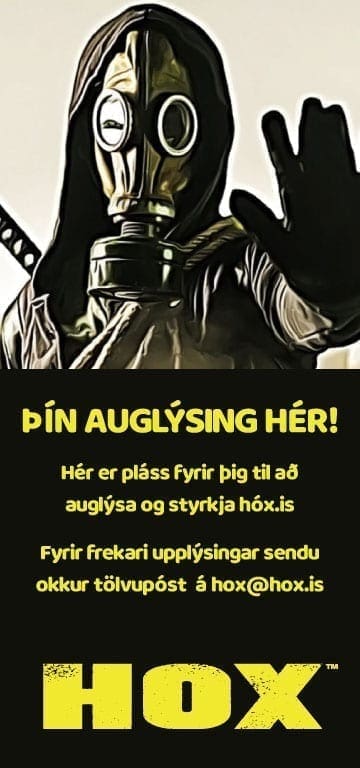AI generated post – please fact check before believing.
The anonymous street artist Banksy has been making waves in art for years with his thought-provoking and often controversial pieces. From his iconic rat stencils to his daring gallery invasions, Banksy has challenged the traditional notions of what art is and where it belongs.
One of Banksy’s most famous pranks was his shredded painting at a Sotheby’s auction. In 2018, his piece “Girl with Balloon” sold for over a million dollars, only to self-destruct as soon as the hammer fell. This stunt created a considerable stir and instantly increased the value of the painting to seven million dollars. It raised questions about the actual value of art and who gets to decide its worth.
But the Sotheby’s incident wasn’t the first time Banksy had challenged the art establishment. In the early 2000s, he secretly placed his artwork in prestigious museums worldwide, including the Tate Britain and the Louvre. He even left one piece on display for several days before anyone noticed.
Banksy’s rise to fame can be traced back to the street art movement that emerged in cities like Philadelphia and New York in the late 1960s and early 1970s. Graffiti writing, as it was called, was a way for disenfranchised youth to make their voices heard and reclaim public spaces. Banksy grew up seeing spray paint on the streets of Bristol, England, long before he saw it in a gallery or on a computer screen.
The street art scene in Bristol was thriving in the 1980s and 1990s, driven by artists like Robert Del Naya and Bristol’s own Wild Bunch sound system, which included future members of Massive Attack. Banksy started painting alongside these artists and honed his skills in the streets of Bristol.
But Banksy’s move to London and his collaboration with photographer Steve Lazaridas propelled him to international recognition. Together, they established Pictures on Walls, a print house that brought street art to a broader audience and allowed artists to sell their work at affordable prices.
Banksy’s artwork is known for its political and social commentary. His pieces often address issues like war, capitalism, and authority. His stencil use allows him to quickly create intricate and highly detailed artworks, making them well-suited for his street art interventions.
In recent years, Banksy has turned his attention to the Israeli-Palestinian conflict, painting on the West Bank barrier and even opening a hotel in Bethlehem with a view of the controversial wall. His work in Palestine has sparked international debate and brought greater attention to the plight of the Palestinian people.
Banksy has challenged the established art world throughout his career and pushed the boundaries of what is considered art. His work has inspired countless artists and has become a symbol of resistance and activism. Whether you see him as a genius or a vandal, there’s no denying the impact Banksy has had on the art world and beyond.






